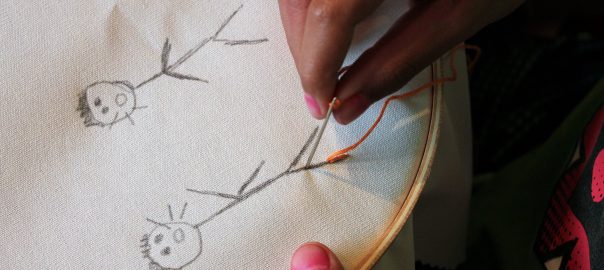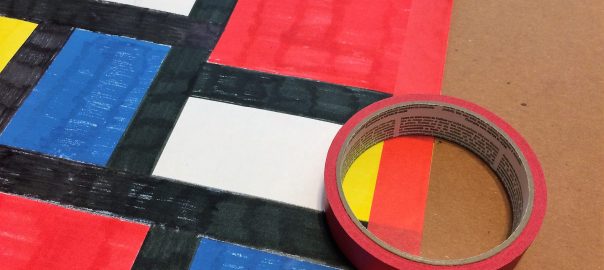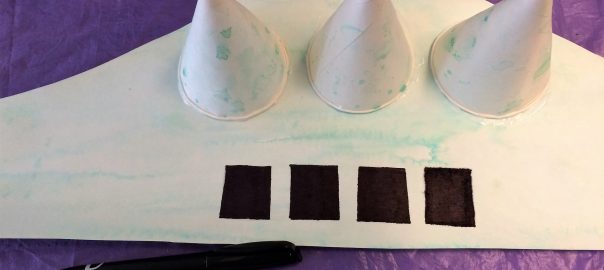The Waiting Room
A houseplant, given by a child from last year’s camp, graces our kitchen table. This year, camp was online for the few who could attend, and while we were delighted to see our campers and their creations, it’s just not the same. We miss the folks we once chatted with, hugged, and created alongside. We wonder about the future. What will happen to them? What will happen to us?
We aren’t alone in our wonderings. We’re all hanging out in a global waiting room where, due to the virus, they’ve even removed the outdated magazines. We try not to breathe too deeply as we wait for our name to be called. We perch on uncomfortable chairs, wondering: What will the prognosis be? Will our business, our job, our marriage, our lives survive? Will there ever be a day when we can, again, breathe deep and free? What will our globe look like once the waiting room empties and it’s all over?
One of the hardest things we do as humans is to wait. And, oddly, that hard thing can remind us of our mutual connection. Past months have brought plenty to yank us apart. Could the global waiting room draw us together? Might we look at one another over our masks and nod, “Yeah. Me, too?”
After last year’s camp, I dutifully watered our plant gift. Even so, the brilliant, waxy red blossoms withered and died. Autumn came, and then winter. Then March with its ill news followed by months of more bad news. But today I look across this screen at two brilliant, waxy red blossoms worth waiting for.
And I hope…
How do you pass the time in the global waiting room? What gives you hope? Share your Soul & Solace thoughts with us at contact@aspaciousplace.com.




































































